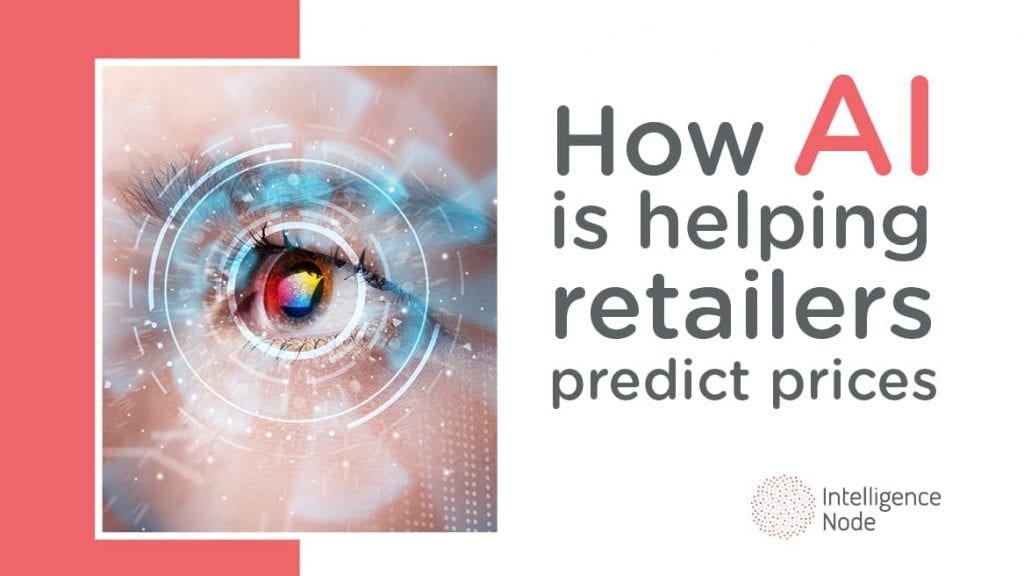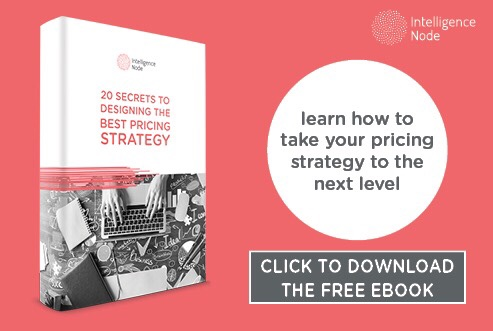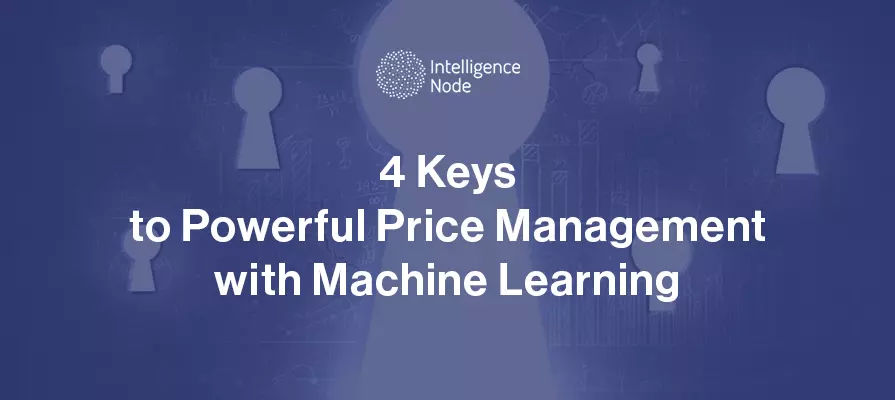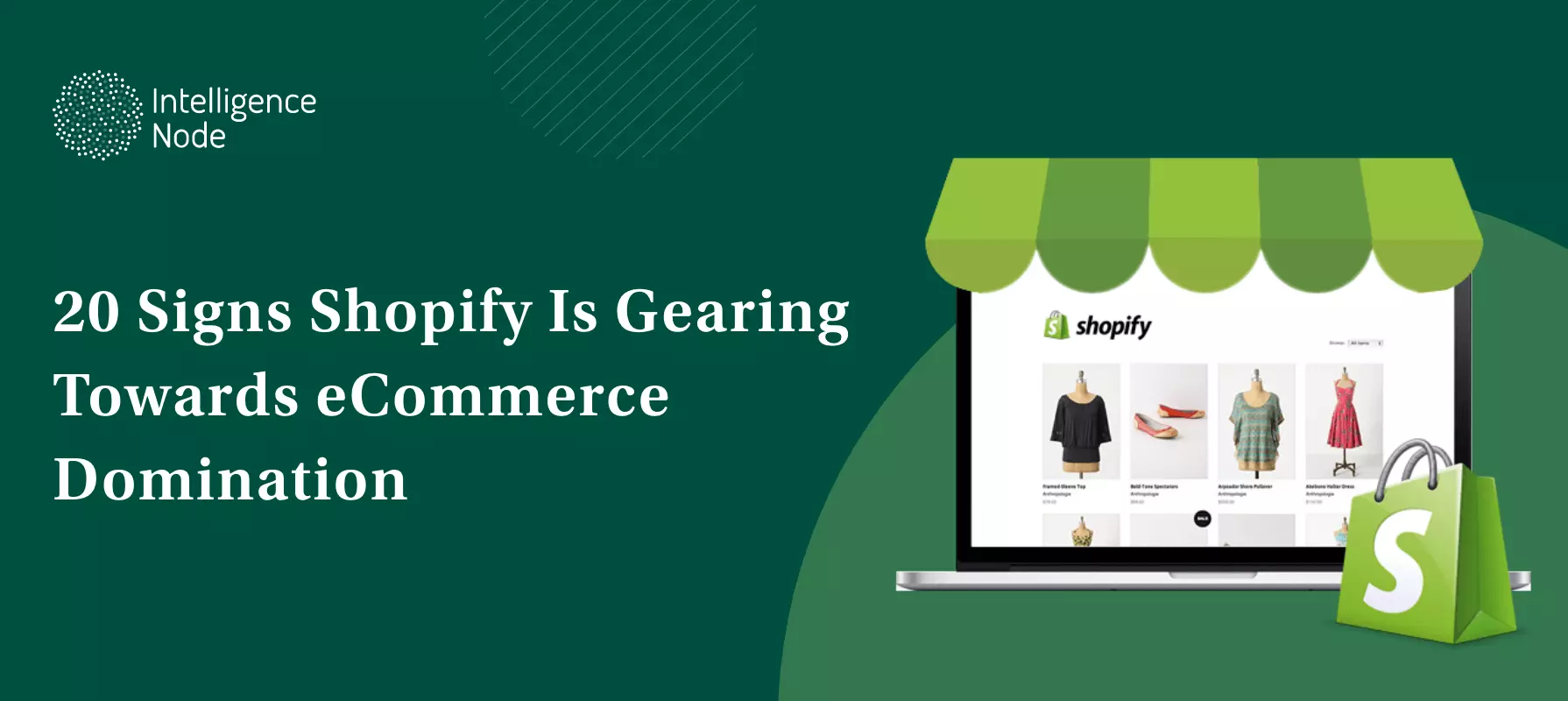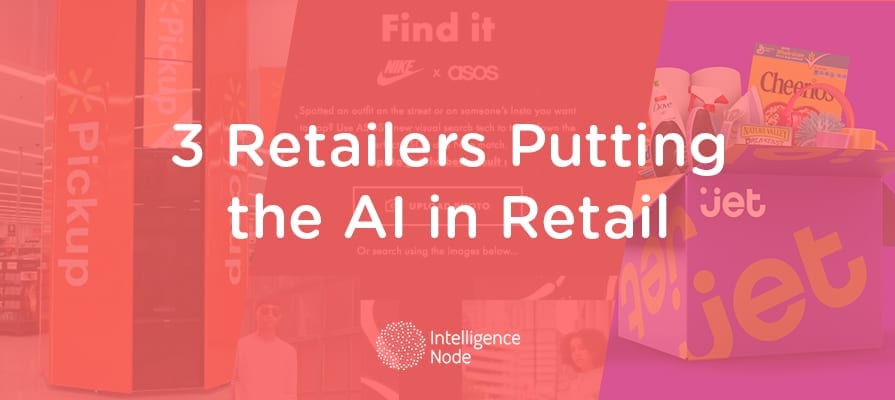It safe to say that artificial intelligence (AI) is changing every aspect of modern living. From our phones to cars to healthcare and every other industry, AI is slowly becoming a common part of today’s environment, deeply embedded in everything we do. Retail is no exception, entering a new era of predictive commerce. Thanks to AI, retailers are able to cater to their customers to the tiniest detail possible, while also leveraging the technology to improve their business operations.
For this post, we’ll focus on how AI helps with one retail aspect that often troubles retailers the most – predict pricing. The tech behind AI, how it uses it to predict prices, and what are the results – it’s all there in the following lines.
Inside AI
At the heart of AI is machine learning (ML), a process that has the ability to learn on its own without being explicitly programmed. Machine learning uses data to detect patterns in data and adjust actions accordingly so that, when it’s exposed to new data, it develops programs that adapt to that information. ML algorithms are closely related to a number of computational methods, such as computational statistics and mathematical optimization.
While this may sound rather boring, especially for those that never really liked math that much or were garbage at it, the reason why we are mentioning all the math babble is because ML is a standard method used to create complex algorithms that possess predictive powers. You might know this as predictive analytics, a number of analytical models that uncover insights through learning from trends and historical information in the data set.
Predicting prices
Machine learning has many approaches that constitute it – different types of learning if you will. It’s in your Facebook’s News Feed. It’s making Tom Cruise’s life a living hell in Minority Report. It can even predict when you are going to buy soup. Thus, we’ll spare you the nitty-gritty of it and focus on how the technology helps with price prediction.
In a nutshell, you have pricing analytics software whose machine learning component is using a technique based on a certain statistical model (Gaussian process regression, Bayesian linear regression, multi-task learning and a number of other models) to create algorithms that automatically identify patterns from the data and predict prices based on that information. Patterns from huge data sets range from competitors’ pricing and inventory, purchase histories, product preferences to product demand, and anything closely related to pricing.
As you can imagine, these parameters are constantly in flux, which is where machine learning comes in and adds a bit of nuance to the whole process that goes beyond simple price history. Suddenly, you have an accurate prediction of customer behavior, a whole system built around the individual, and its needs. All of this is followed by high levels of automation, where the execution of produced data-driven insights is instantly applied.
It’s actually a practice that has been around for a few years. Back in 2014, Amazon was granted a predictive stocking patent that allowed the online retailer to cut down on delivery time and cost by predicting what buyers are going to buy before they actually buy it. That’s just one of the ways the company is deeply integrated with AI. For instance, sophisticated sorting algorithms are in charge of their warehouses. When an order comes through, the system almost immediately works out where the item is in its inventory and then dispatches a human worker to go fetch it.
With prices, it’s a bit more complicated than that as there are more factors to consider. However, the basic principle is the same due to the highly complex and sophisticated nature of the technology. You have a pricing engine that helps you monitor competitor prices in real-time. It then sorts them out and compares them to similar products, depending on the wide range of attributes selected, and ultimately optimizes prices.
What’s in it for the retailers to predict prices?
For once, they get price predictions and optimizations according to numerous market fluctuations that go in line with their pricing and volume goals, among others. Thus, the ever-elusive pricing is no longer a problem. There is no Indiana Jones-like adventure to find that pricing sweet spot that will attract and retain the customers whilst raising the level of profit margins. In a way, retailers get an effective guide for their retail life cycle decisions.
Also, they get precious time back. Automated AI pricing solutions are the future of retailing, even if they are still on the margins. They handily reduce the enormous amounts of time need for manual labor regarding tracking the prices of your competition. By leaving everything in the hands of automated analytics software, retailers, both online and offline, have more time to focus on other important and time-demanding aspects of their business.
However, the benefits of technology don’t stop there. With the scope of modern technology, it would be foolish to think that there is only a single layer of this cake. Retailers also get to center their operations around customers and deliver them a personalized experience which matches their browsing history and wish lists with cross-sell and up-sell recommendations as it’s all part of the package. They get automated re-orders whenever certain product stocks fall below minimum required levels. Assortment optimization? Check. Various adjustments according to the occasion, competitor Intel, product, category, season and consumer behavior? Check.
In summary, they get real-time market intelligence with all bases covered – a detailed understanding of human behavior coupled with large-scale automation and data integration.
Conclusion
As witnessed, the technology has come so far that not even retail giants are immune to the raging AI evolution. On the contrary, they are actively developing machine learning algorithms to further improve their businesses and receive actionable insights that were formerly almost exclusive to human intuition. In that term, retailers should take the cue and start thinking and acting like tech companies, utilizing artificial intelligence to not just predict prices and recommend products, but to take care of their customers, as well as their business, in an all-encompassing way.
If you found this useful and you’d like to learn how to take your pricing strategy to the next level, we invite you to download our free 20 secrets to designing the best pricing strategy eBook. Click below to take advantage of this opportunity.
